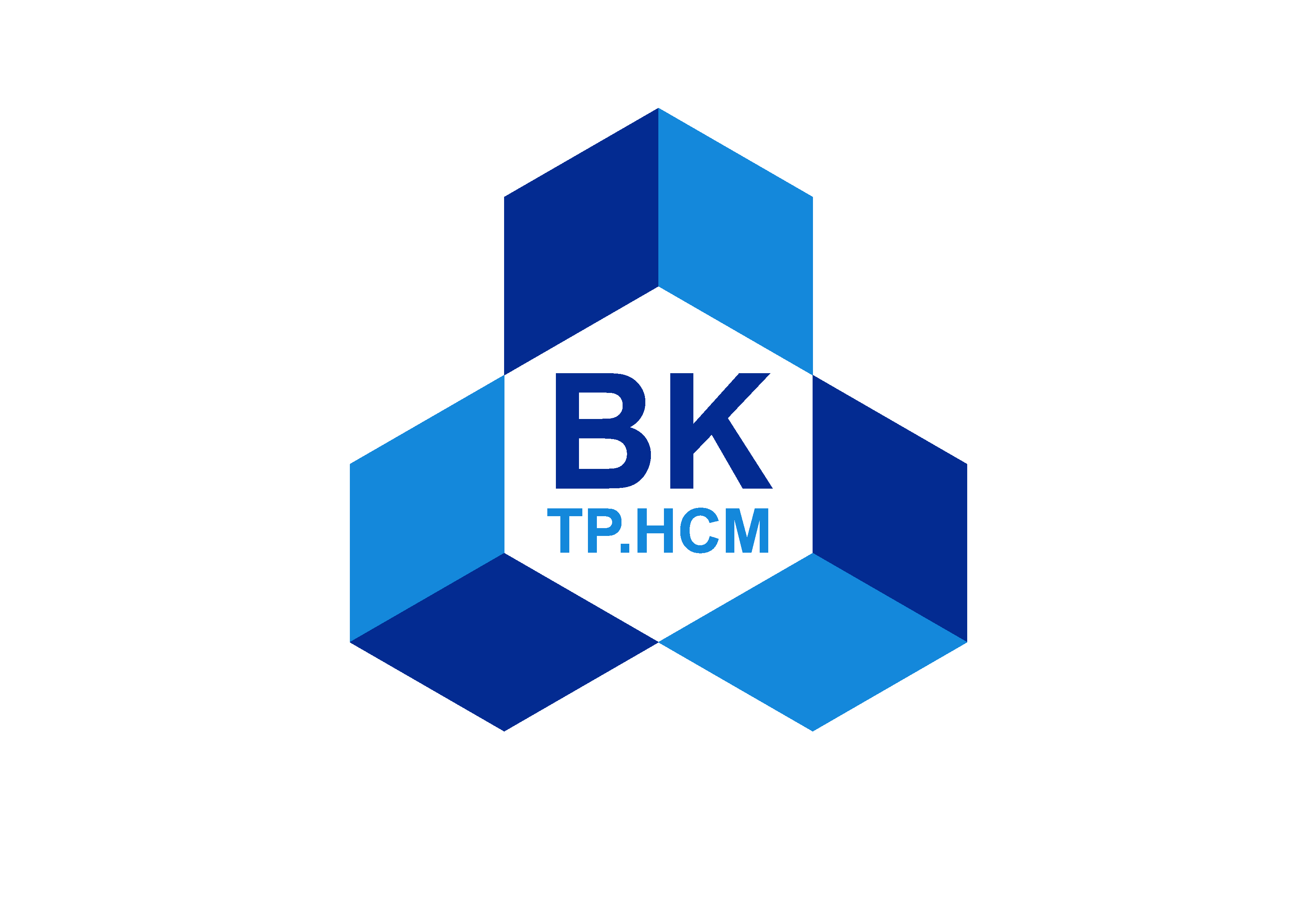Downloads
Abstract
Rechargeable solid-state Li-ion batteries have potential for applications in mobile devices and electric vehicles in the near future to meet the growing demand for high energy storage. Research on rechargeable solid-state Li-ion batteries has a long history and has been accelerating recently. Solid electrolytes are the most important component in the all-solid-state batteries. Solid electrolytes can be divided into the following groups: oxide groups (Perovskite Li3.3La0.56TiO3, NASICON LiTi2(PO4)3, LISICON Li14Zn(GeO4)4, and Li7La3Zr2O12 garnets), sulfide groups (Li2S – P2S5 and Li2S – P2S5 – MxS), hydride group (LiBH4, LiBH4–LiX (X=Cl, Br or I), LiBH4–LiNH2, LiNH2, Li3AlH6 and Li2NH), halogen group (LiI, spinel Li2ZnI4 and anti-perovskite Li3OCl), and polymer group (mainly polyethylene). Although electrolytes with good ionic conductivity have been used, the performance of solid-state rechargeable Li-ion batteries is still far behind that of the ones using liquid electrolytes. Along with the development of science and technology, many scientific and technical problems in solid-state rechargeable Li-ion batteries have been discovered. In this review, the major issues of solid-state rechargeable Li-ion batteries will be breifly documented: the interface between the active material (AM) and the solid electrolyte (SE), aging of the solid-solid interface, electrode structure, and fabrication methods.
Issue: Vol 6 No 1 (2023)
Page No.: 1759-1771
Published: Mar 31, 2023
Section: Review
DOI: https://doi.org/10.32508/stdjet.v6i1.1036
PDF = 549 times
Total = 549 times

 Open Access
Open Access 










